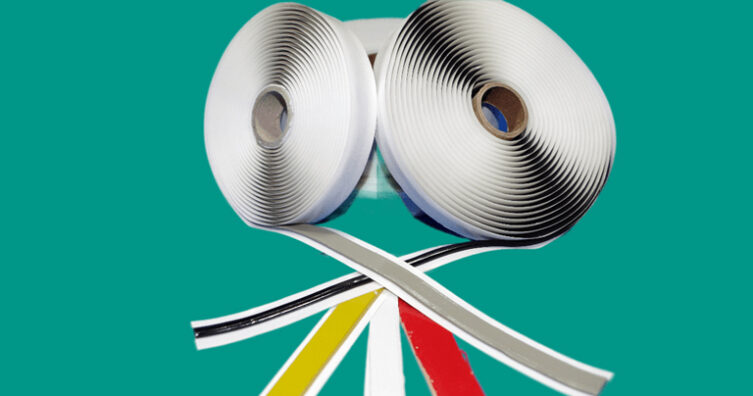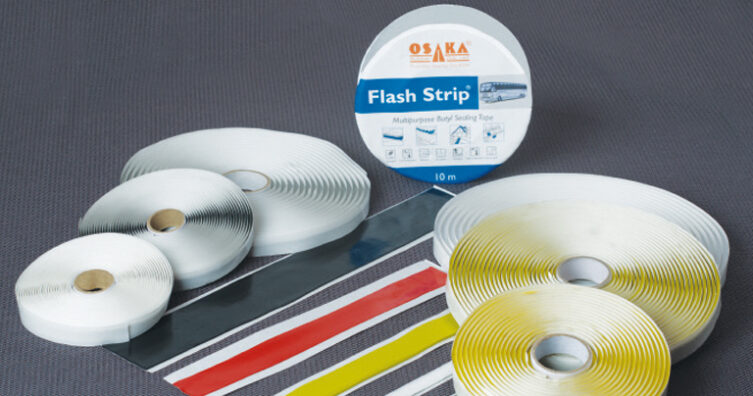Osaka Butyl tape, a synthetic rubber compound with excellent adhesive properties, has been a popular and versatile roofing material for decades. It is highly resistant to water and weathering, making it ideal for sealing and bonding applications in the construction industry, especially for roofing. In this article, we will discuss the benefits of using butyl tape for roofing applications and the different types available in the market.
Using Butyl Tape for roofing applications
Butyl tape provides exceptional adhesive properties, making it ideal for bonding strongly to surfaces like metal, wood, concrete, and other roofing materials.
The water-resistant properties of butyl tape make it an excellent choice for sealing applications in roofing. It can withstand extreme weather conditions and provide a long-lasting seal against water leaks.
Highly flexible butyl tape can conform to irregular shapes and contours, making it an excellent choice for sealing around roof penetrations such as vents, pipes, and chimneys.
Easy to apply butyl tape does not require any special tools or equipment. It can be easily cut to size, peeled, and applied to the desired area.
Cost-effective butyl tape is a cost-effective roofing solution compared to other materials such as sealants and caulks. It is also highly durable, reducing the need for frequent repairs and replacements.

Types of Butyl Tape
Single sided butyl tape: Our range of Butyl Flashing Tape, a single-sided butyl tape, is ideal for joining membranes used in the building and construction industry to prevent the passage of water and air. It can be used for various applications such as sealing leaking pipes and chambers in HVAC, flashing and repairing gutters and downpipes in buildings and construction, sealings leaking panels in caravans, and flashing the roof and sealing T-bars in conservatories. Butyl tapes are also ideal for sealing end and side laps in steel and aluminium roofing systems, sealing roof lights, ridge and eaves sealings combined with foam fillers, and metal liner sheeting.
When applying butyl flashing tape, ensure the surface is clean and dry before applying it to achieve maximum adhesion. Apply the tape firmly to the surface and smooth out any air pockets or gaps to create a tight seal.

Double-sided butyl tape: It has adhesive properties on both sides and is commonly used for bonding and sealing applications. It is highly effective in creating a watertight seal between two surfaces.
In conclusion, butyl tape is an excellent choice for roofing applications due to its exceptional adhesive properties, water resistance, flexibility, ease of application, and cost-effectiveness. When selecting butyl tape, we must consider the application requirements and choose the appropriate job.
For more details, visit: www.osakarubber.com
Cookie Consent
We use cookies to personalize your experience. By continuing to visit this website you agree to our Terms & Conditions, Privacy Policy and Cookie Policy.





















